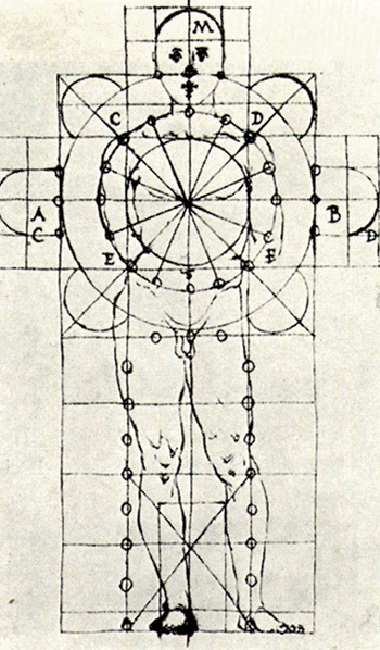As abstract art forms based on rhythm, proportion, and harmony, architecture and music share a clear cultural lineage. Now, through digital expression, architecture can attain new heights of creative supremacy
‘All art’ Walter Pater famously observed in 1877, ‘constantly aspires towards the condition of music.’ Why the music envy? Because, the standard answer goes, in abstract music the form and content − or in its case, the sound and sense − are one integrated thing. Pater’s aphorism became a good prediction of the zeitgeist and the goal for abstract art in 30 years as the painters in Paris and elsewhere pursued a kind of the visual equivalent of musical themes, and Expressionist and Cubist architects followed suit. Indeed architecture as ‘frozen music’ had a long history of tracking its sister, the parallel art of harmonic and rhythmic order. Many qualities unite these two art forms − and quite a few make them different − but it is the former I find compelling today. Their shared concerns can be seen in ceremonial architecture from the ancient Brodgar Stone Circle to concert halls, in structures that heighten the senses and make one perceive more sharply and emotionally. In an era when museums and other building types emerge as a suitable place for musical ornament, and when expressive shapes can be produced digitally, architecture could reach its supreme condition once again and become its own particular kind of music.
Reflective Analysis
The goal of music and architecture is often to heighten emotions. Musicians are taught to stress certain moods, such as sadness or joy, in their music. Architects, on the other hand, are often taught to avoid explicit moods and create a neutral background. However, both still respond to the emotional impact of different types of music and architecture. The ultimate goal is a holistic experience, where music and architecture work together to create a powerful emotional response. With the rise of modernity, the tradition of anonymous, collective design and musical composition was partly replaced by the emphasis on the individual creator and new technologies and materials. This article offers valuable insights into the understanding of human emotions and integrating emotional design to leverage our everyday life.
Source
Jencks, C. (2021, December 17). Architecture becomes music. Architectural Review. Retrieved January 18, 2023, from https://www.architectural-review.com/essays/architecture-becomes-music




